Clinical Conundrums: How Long Should We Monitor After Giving IM Epinephrine for Anaphylaxis?
REBEL EM
DECEMBER 5, 2023
How Long Should We Monitor After Giving IM Epinephrine for Anaphylaxis? Bottom Line Up Top: After prompt recognition and appropriate treatment with IM epinephrine, the risk of biphasic reactions are exceedingly low. At the time of discharge, appropriate patient education and prescriptions for IM epinephrine are essential.









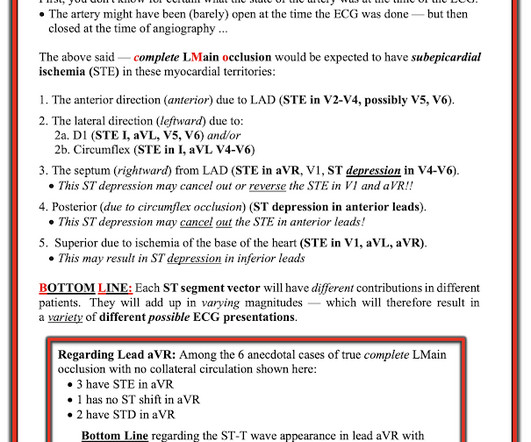

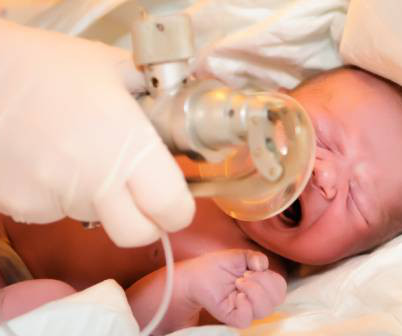
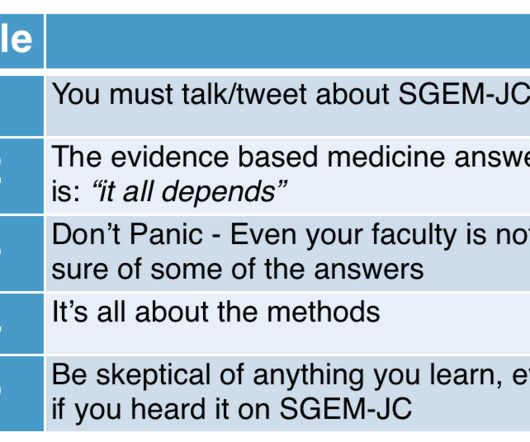



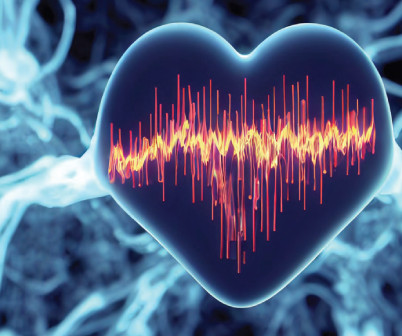



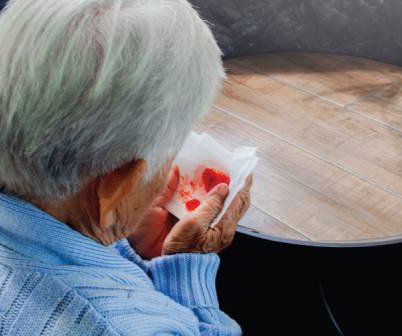
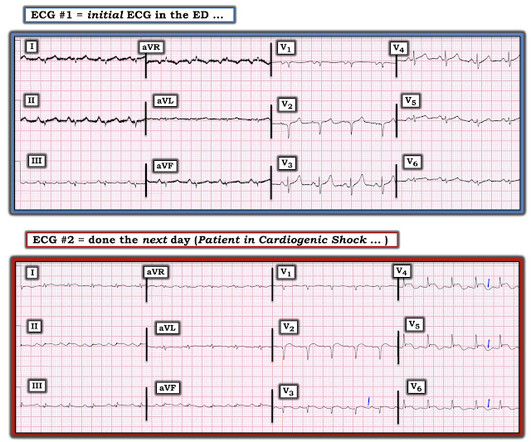


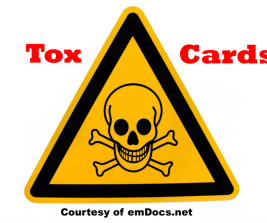








Let's personalize your content